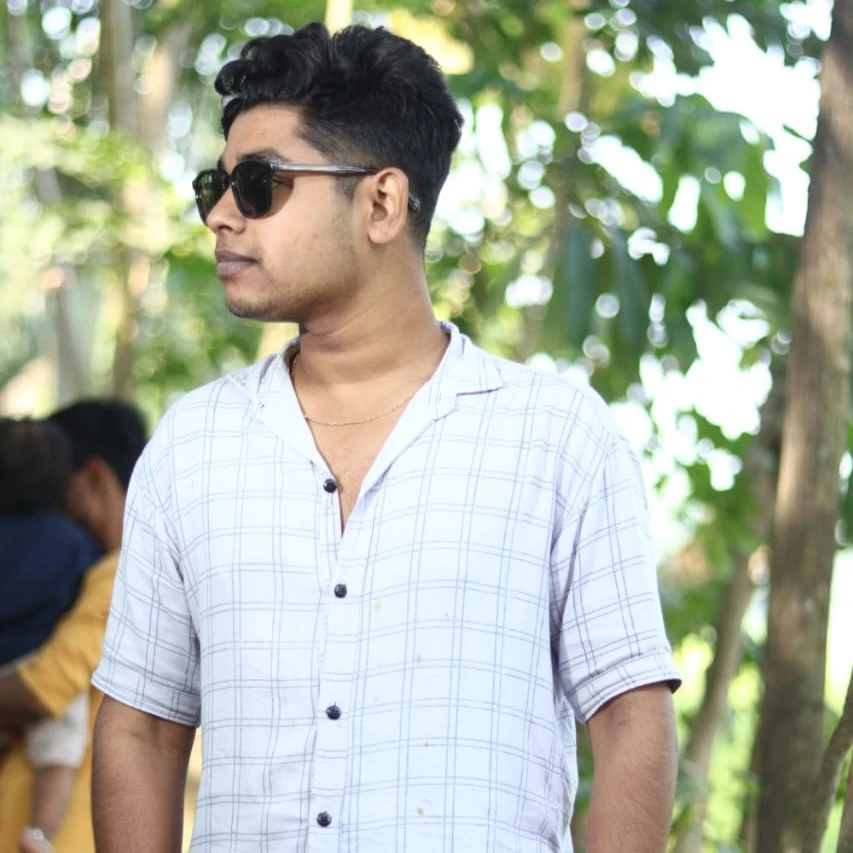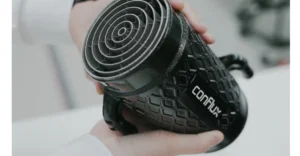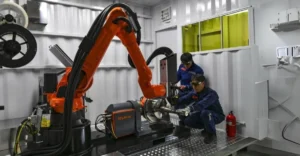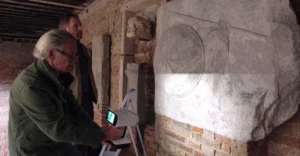USF researchers develop 3D-printed curved models to enhance imaging technology for dry eye disease research.
USF researchers have developed specialized 3D-printed models to advance the study of dry eye disease, a condition affecting millions worldwide that causes discomfort and vision problems.
Dr. Yuqiang Bai from the University of South Florida’s Morsani College of Medicine Ophthalmology department is leading the research effort with funding from the National Institute of Health. His team aims to better understand and image dry eye disease by measuring tear thickness on the cornea.
The USF IT’s 3D Print Lab, under Lucas Tometich’s direction, has provided crucial support by designing a tool that accurately mimics the cornea’s curvature for testing Dr. Bai’s laser scanner.

“We needed a model that mimics the curvature of the cornea’s surface to demonstrate the feasibility of our imaging system. Until we had one, we weren’t able to proceed with our research,” said Dr. Bai.
Traditional imaging systems use flat standards like the 1951 USAF resolution test chart, which are unsuitable for the unique curved surface of the eye. Tometich’s team addressed this challenge using Autodesk Fusion to create anatomically accurate models.
“I created a model using Autodesk Fusion. I conducted several tests to determine the optimal orientation and post-processing workflow, ensuring we achieve the clearest results with clear photopolymer resin,” said Tometich. “We have made a few adjustments this week and delivered three more pieces for testing with the scanner.”
This partnership illustrates how IT support can support medical research. The research will help Dr. Bai’s group create a system to improve imaging in the diagnosis of dry eye disease, ultimately helping lead to better treatment and care.
Read more : Piocreat and Helio Additive Boost 3D Printing Automation
The 3D Print Lab is a component of the USF IT Advanced Visualization Center which offers advanced technologies to students, faculty, and researchers, including development, training, and support for use in courses and research activities.
































